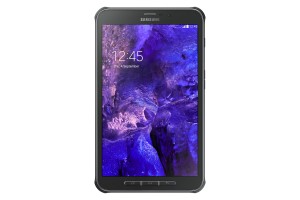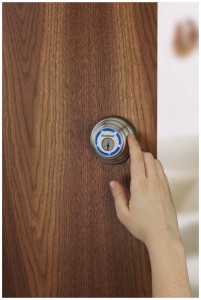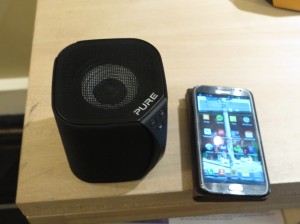The BBC Model B computer returns with a pocket-size vengeance
![BBC Model B microcomputer By Soupmeister (Acorn BBC Model B) [CC BY-SA 2.0 (http://creativecommons.org/licenses/by-sa/2.0)], via Wikimedia Commons](https://homenetworking01.info/wp-content/uploads/2015/07/Acorn_BBC_Model_B_-_Retrosystems_2010-300x199.jpg)
BBC Model B personal computer – the core of an original computer-education project that took place in the UK during the early 1980s
Article
BBC reveals Micro:bit, a programmable PC that fits in your pocket | PC World
Micro:bit : la BBC veut distribuer des nano ordinateurs aux enfants britanniques | ZDNet.fr (French language / Langue française)
From the horse’s mouth
BBC
Microsoft
Bluetooth SIG
My Comments
In the early 1980s, the BBC undertook a computer-education project which was based around a series of television programmes along with a specially-commissioned computer. This computer, known as the BBC Model B computer and built by Acorn who were a relatively-new home-computer manufacturer in the UK, was sold to schools so that students can work along with the TV programmes which explored, amongst other things, coding in BASIC and interfacing and controlling other devices.
One feature that the BBC Model B had was an 8-bit user port which was used for directly interfacing digital circuits along with a “game port” typically used for analogue joysticks and knob-style “paddles” but serving as an analogue input. Some of the printed and visual courseware associated with this computer was dedicated to teaching how to use these “real-world” interfaces.
This system was Acorn’s main founding stone and Acorn evolved to become a company who sold RISC-based microprocessors and defined the ARM microarchitecture used in most of today’s smartphones, smart TVs and similar devices.
But Acorn had clawed back to their roots with an ARM-based pocket-sized board computer similar to the Arduino and Raspberry Pi. This computer has been developed in conjunction with the BBC in order to continue on the legacy left by the original BBC Model B computer.
It has 25 LEDs that can be programmed to light up and flash messages, 2 user-programmable buttons and sensors in the form of an accelerometer and compass along with input-output connections for users to connect to other circuits. It uses Bluetooth Smart (BLE) technology to interface with other devices including regular and mobile computer devices. As well, it can connect to a computing device via USB and be programmed via a browser-based software development kit called TouchDevelop which Microsoft worked on.
The TouchDevelop setup uses the Web-based interface along with a choice of programming languages as a way to program the device. It also involves two-stage compilation with the Block Editor script being compiled to turn out C++ code which is then subsequently compiled and linked to turn out machine code to be downloaded and flashed to the BBC Micro Bit.
Like the previous BBC Model B computer, this will be delivered in to UK secondary schools and students will have their own Micro Bit computer so they can learn how to program the Internet Of Everything as part of their computer education.
The goal is to have this computer replicate what the BBC Model B computer had done for British computer education and the success in bringing about a UK-based software industry. Here, they want to have Britain putting a clear foot in the door for Internet Of Things.


![VW Golf 3rd Generation rally car in Saxony rally by André Karwath aka Aka (Own work) [CC BY-SA 2.5 (http://creativecommons.org/licenses/by-sa/2.5)], via Wikimedia Commons](https://homenetworking01.info/wp-content/uploads/2015/07/Saxony_rally_racing_VW_Golf_3_55_aka-300x162.jpg)



